Growing Geriatric Population
The growing geriatric population is a significant factor driving the Intubation Tube Market. As individuals age, they often experience a higher prevalence of comorbidities, including respiratory and cardiovascular diseases, which may necessitate intubation. Data indicates that the global population aged 65 and older is projected to increase substantially in the coming years, leading to a higher demand for medical interventions, including intubation. This demographic shift is prompting healthcare systems to prepare for an increased need for airway management solutions. Consequently, the Intubation Tube Market is likely to expand as healthcare providers seek to equip themselves with the necessary tools to address the unique needs of older patients, ensuring effective and timely care.
Increasing Surgical Procedures
The surge in surgical procedures across various medical specialties is a notable driver for the Intubation Tube Market. With advancements in surgical techniques and anesthesia practices, the number of surgeries performed annually continues to rise. Data indicates that millions of surgical procedures are conducted each year, many of which require intubation for effective airway management. This trend is particularly evident in elective surgeries, where the use of intubation tubes is critical for patient safety and optimal surgical outcomes. As surgical volumes increase, the demand for high-quality intubation tubes is likely to follow suit, thereby fostering growth within the Intubation Tube Market. Additionally, the introduction of innovative intubation products may further enhance the efficiency and safety of surgical procedures.
Regulatory Support for Medical Devices
Regulatory support for medical devices is playing a crucial role in shaping the Intubation Tube Market. Regulatory bodies are increasingly focused on ensuring the safety and efficacy of medical devices, including intubation tubes. This regulatory framework not only fosters innovation but also instills confidence among healthcare providers and patients regarding the quality of these products. As regulations evolve, manufacturers are encouraged to invest in research and development, leading to the introduction of safer and more effective intubation solutions. Market data suggests that compliance with stringent regulatory standards is likely to enhance the credibility of products within the Intubation Tube Market, ultimately driving growth as healthcare facilities prioritize high-quality medical devices.
Rising Prevalence of Respiratory Disorders
The increasing incidence of respiratory disorders, such as chronic obstructive pulmonary disease (COPD) and asthma, is a primary driver for the Intubation Tube Market. According to recent data, respiratory diseases account for a significant portion of global morbidity and mortality. This trend necessitates the use of intubation tubes in critical care settings, as they are essential for maintaining airway patency in patients experiencing severe respiratory distress. The demand for intubation tubes is expected to rise in tandem with the growing patient population requiring respiratory support. Furthermore, advancements in tube design and materials are likely to enhance patient outcomes, thereby further propelling the market. As healthcare systems adapt to these challenges, the Intubation Tube Market is poised for substantial growth.
Technological Innovations in Medical Devices
Technological innovations in medical devices are significantly influencing the Intubation Tube Market. The development of advanced intubation tubes, equipped with features such as cuff pressure monitoring and integrated video laryngoscopy, is enhancing the efficacy of airway management. These innovations not only improve the safety and comfort of patients but also streamline the intubation process for healthcare providers. Market data suggests that the introduction of smart intubation devices is expected to drive demand, as they offer enhanced visualization and real-time feedback during intubation procedures. As healthcare facilities increasingly adopt these advanced technologies, the Intubation Tube Market is likely to experience robust growth, reflecting the ongoing commitment to improving patient care.


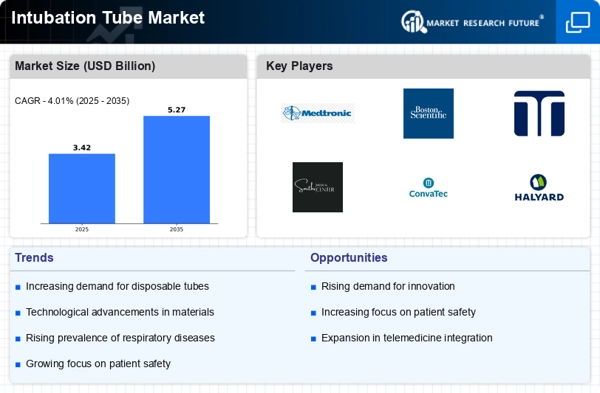
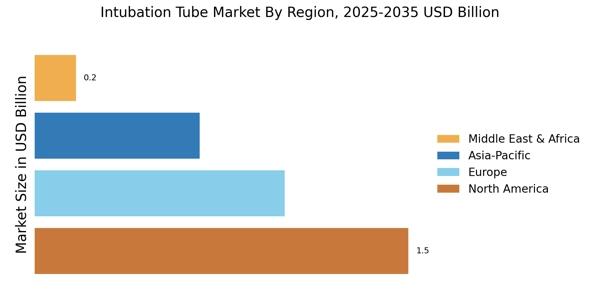

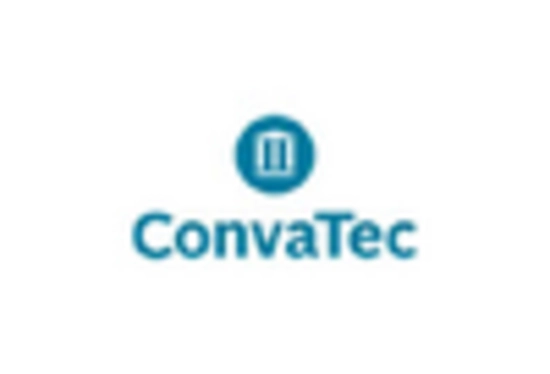
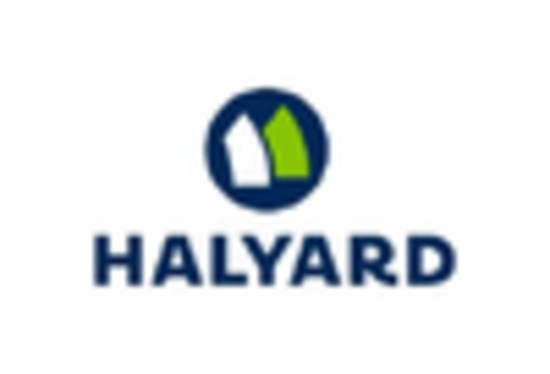

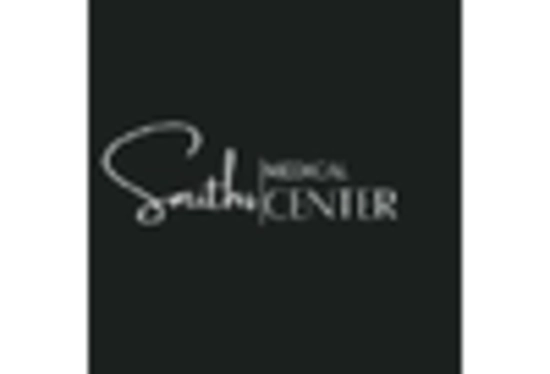
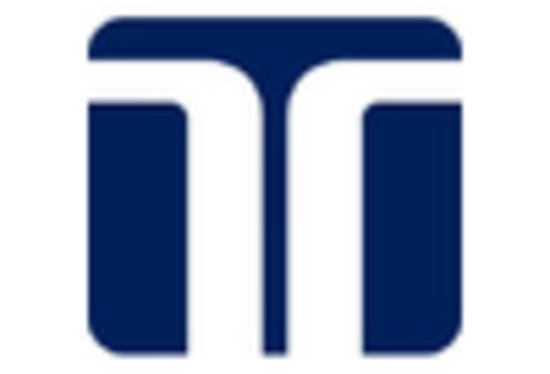








Leave a Comment